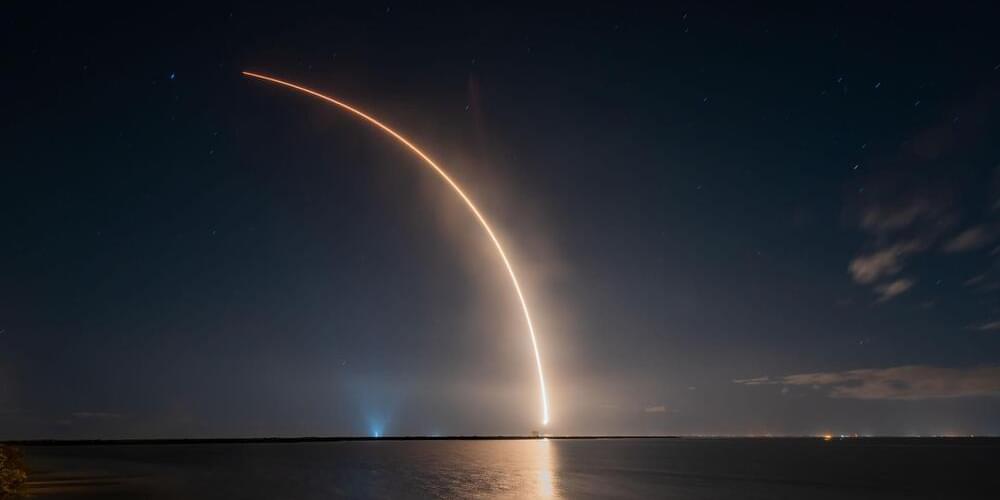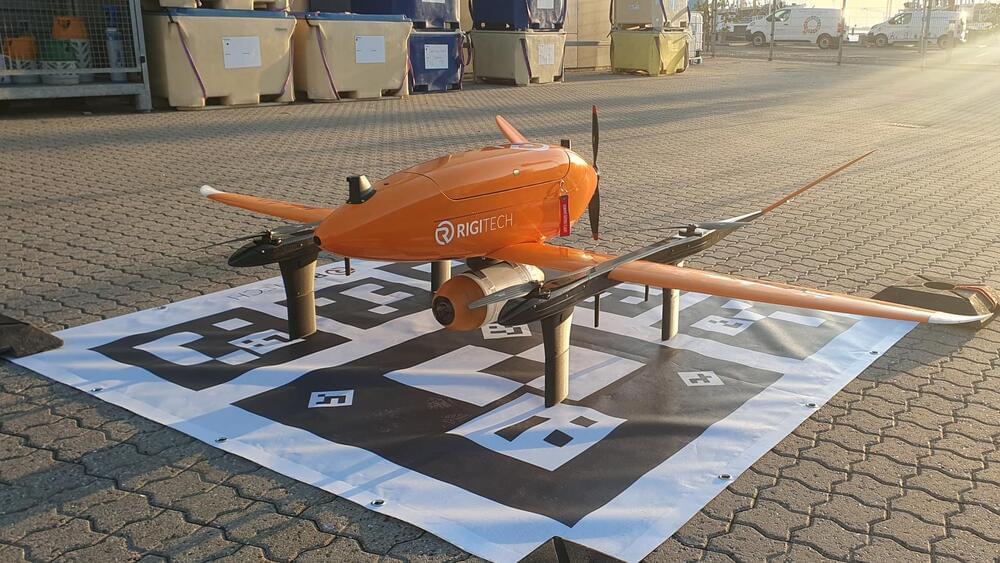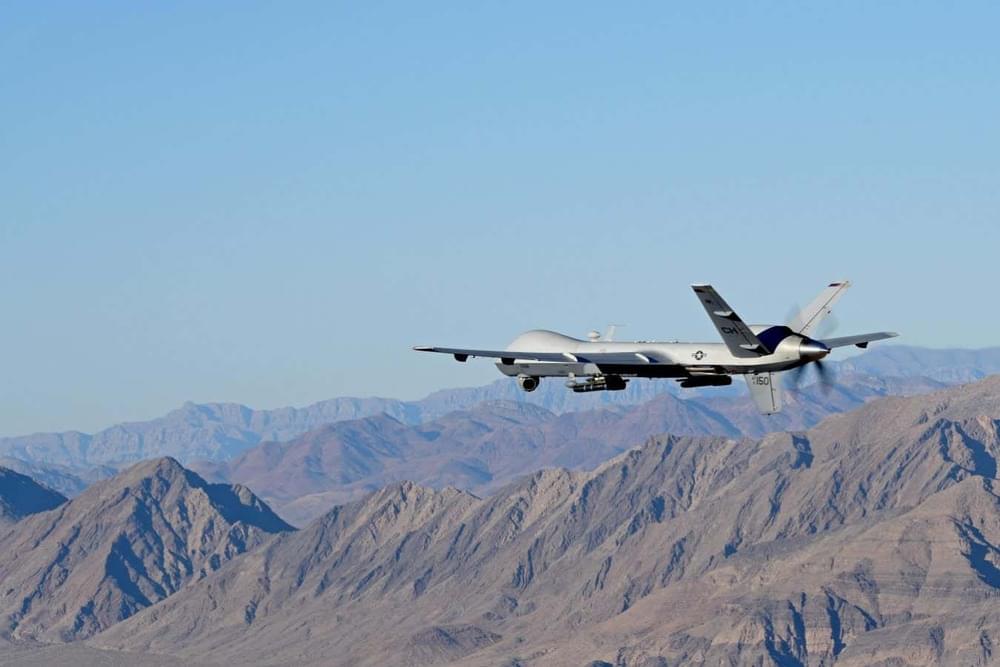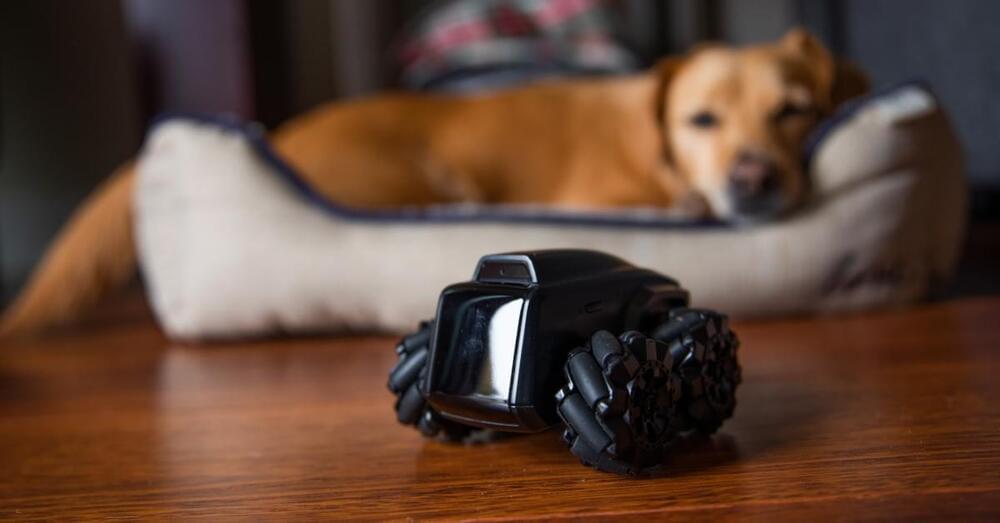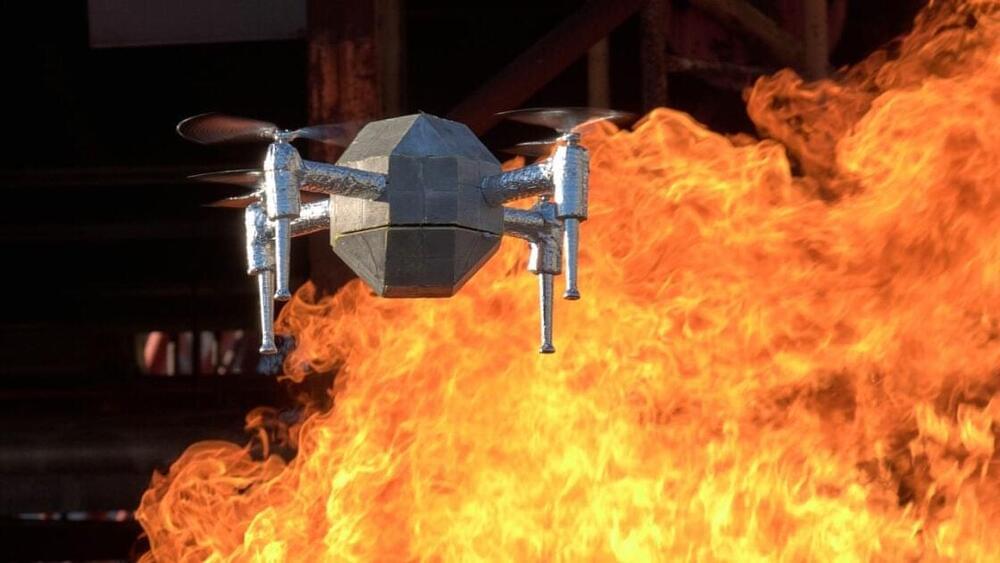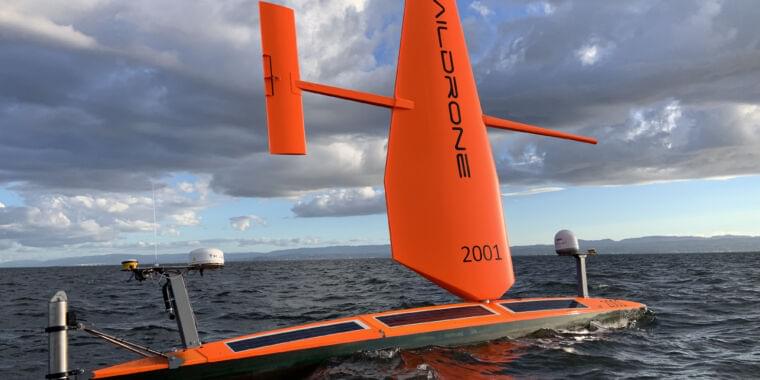SpaceX’s veteran Falcon 9 booster, B1058, made its 16th launch on Sunday. This was the 216th successful mission for the series and a record-breaking event for the company.
On the night of July 9, 2023, SpaceX made space history with yet another successful Falcon 9 rocket launch. Blasting off from the Space Force Station in Cape Canaveral, Florida, the rocket carried a payload of Starlink satellites before landing its first stage booster on a drone ship in the Atlantic Ocean.
This is pretty much par for the course for SpaceX, but what is more incredible is that this was the 16th launch and landing of its B1058 Falcon 9 rocket booster. The company now hopes to be able to use the same booster… More.
Brandon Moser/iStock.
